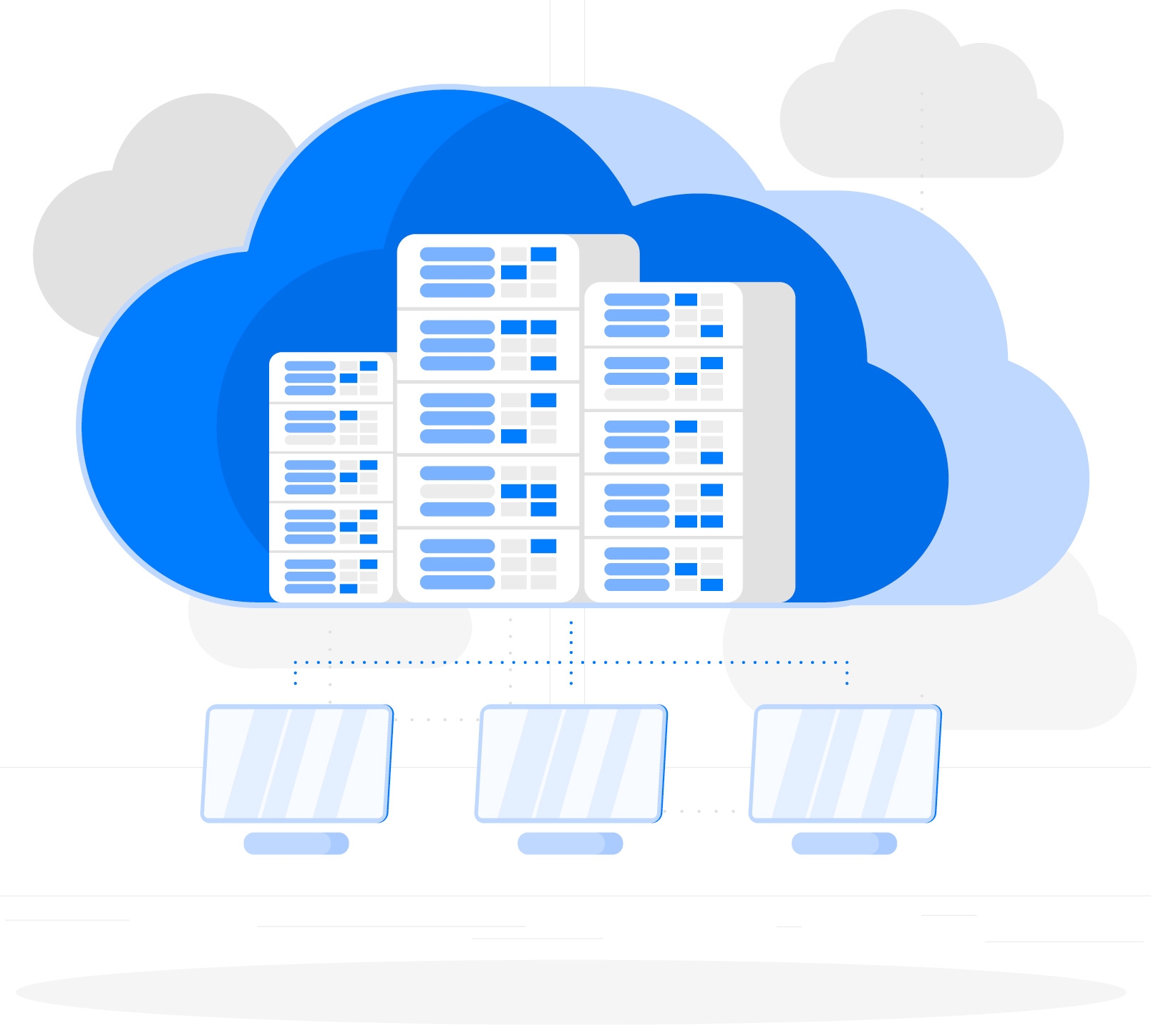Introduction
With the development of cloud computing technology, more and more enterprises are adopting cloud servers as their primary computing resources. For enterprises, the high availability and fault tolerance of servers are crucial. In this article, we will delve into the high availability and fault tolerance of domain cloud servers.

High Availability of Domain Cloud Servers
High availability refers to the ability of a system to remain operational even when a failure occurs. Domain cloud servers provide a high availability solution by grouping multiple servers into a domain, where these servers can back up and load balance each other. When one server fails, other servers will automatically take over its work to ensure the normal operation of the system. In addition, domain cloud servers also provide automatic scaling, which can increase or decrease the number of servers according to changes in workload to ensure high availability of the system.
The high availability of domain cloud servers is achieved through server backup and load balancing. Server backup ensures that the system can still operate normally even if one of the servers fails. Load balancing distributes traffic to multiple servers to ensure the load balancing of each server, thereby improving system performance and availability. Domain cloud servers also provide automatic scaling, which can increase or decrease the number of servers according to changes in workload to ensure high availability of the system.
Fault Tolerance of Domain Cloud Servers
Fault tolerance refers to the ability of a system to automatically recover from a failure and resume normal operation. Domain cloud servers provide a fault tolerance solution by using redundancy technology and data backup technology to protect the security and integrity of data. Domain cloud servers automatically back up data to multiple locations to ensure fast data recovery in case of failure. In addition, domain cloud servers also provide data mirroring, which can copy data to multiple locations to ensure data security and integrity.
The fault tolerance of domain cloud servers is achieved through redundancy technology and data backup technology. Redundancy technology ensures that the system can still operate normally even if one component fails. Data backup technology backs up data to multiple locations to ensure fast data recovery in case of failure. Data mirroring copies data to multiple locations to ensure data security and integrity.
Load Balancing of Domain Cloud Servers
Load balancing refers to distributing network traffic to multiple servers to improve system performance and availability. Domain cloud servers provide a load balancing solution by grouping multiple servers into a domain, which can achieve load balancing of traffic. When a user accesses a website, the request is distributed to multiple servers to ensure the load balancing of each server.
The load balancing of domain cloud servers is achieved by grouping multiple servers into a domain. When a user accesses a website, the request is distributed to multiple servers to ensure the load balancing of each server. Load balancing can improve system performance and availability, ensuring the load balancing of each server.
Summary
Domain cloud servers are an important solution for enterprises to achieve high availability and fault tolerance. By grouping multiple servers into a domain, server backup and load balancing can be achieved to improve system performance and availability. In addition, domain cloud servers provide functions such as automatic scaling, data backup, and load balancing to ensure high availability and fault tolerance of the system. When choosing cloud servers, enterprises should consider their high availability and fault tolerance to ensure the normal operation of their business.






















